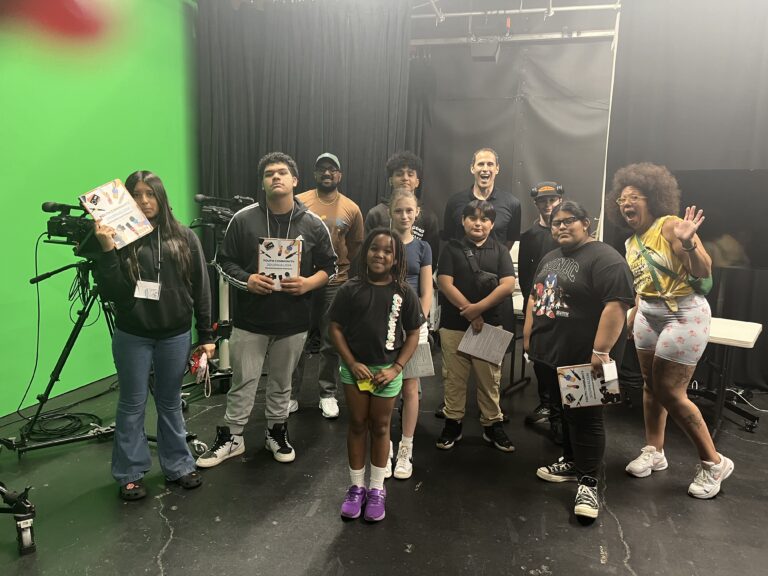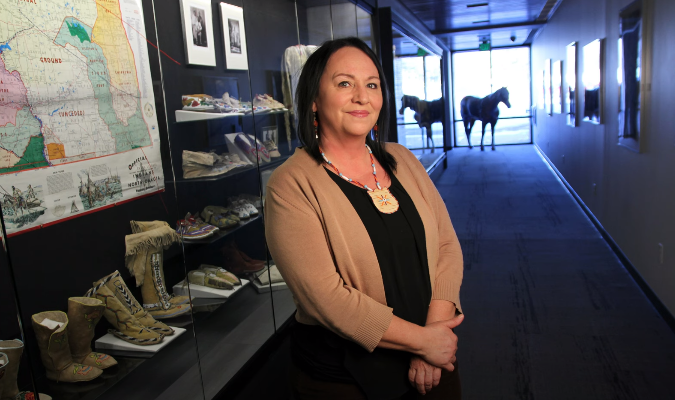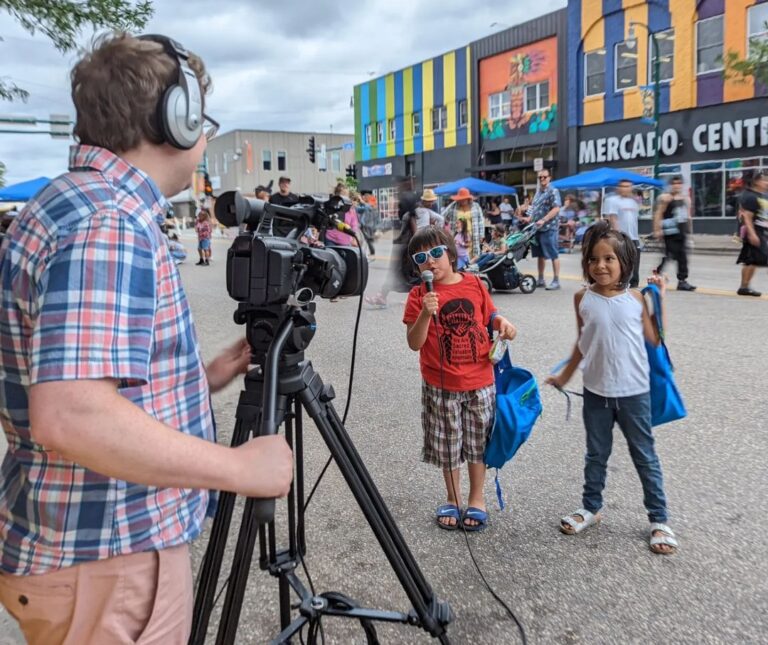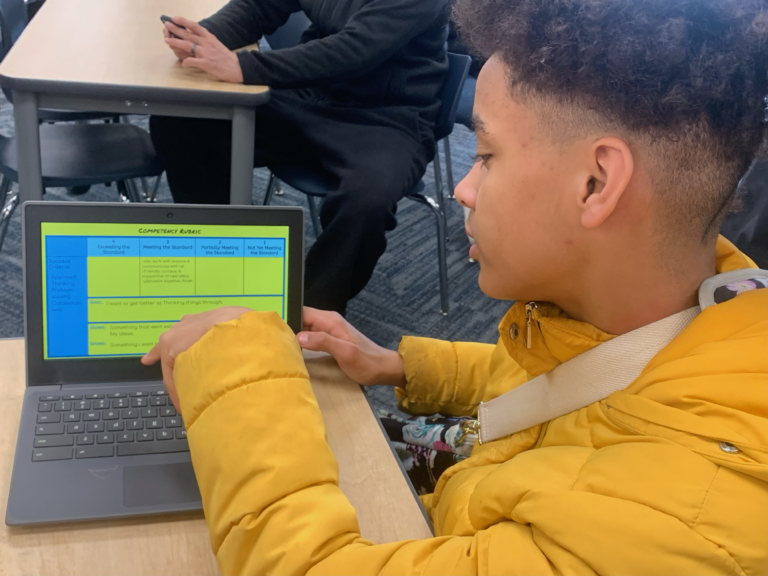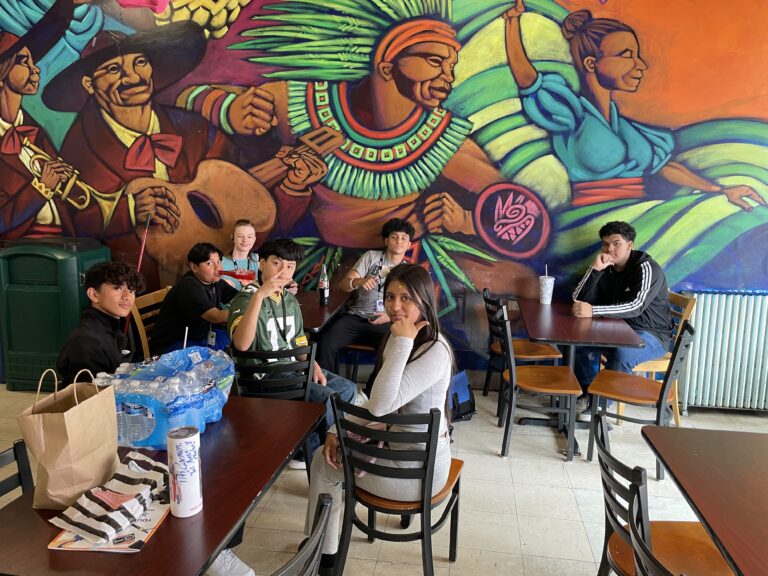Are Crossroads Games Too Mature? Ask the experts
In case you didn’t know, the Crossroads Games were developed in collaboration with the Circle of Life substance abuse prevention and treatment program on the Mandan, Hidatsa, Arikara nation in North Dakota. The games address such topics such as the risk of child sexual abuse, exposure to domestic violence in the home and creating a safety plan. They can be downloaded from both the Apple App Store and Google Play.
Each of the three games includes several modules. A module will either:
- Present a scenario, such as an unsupervised party with drugs and alcohol, and then ask the player what he or she would do in that situation, or
- Collect data that is often required for client assessment or evaluation in social service programs, such as a depression scale.
Each module also includes, of course, a game. For example, if you correctly go to your room and lock the door to avoid someone making you uncomfortable who is at a party in your house when your parents are not around, in the morning you wake up and see gophers eating your vegetables outside your window. You go out and whack the gophers to save the plants.
We had a few adults tell us that they thought the content of these games was too mature for children. In fact, all of the scenarios here, and various options, were based on real events. Hearing these comments reminded us of teacher Melanie Greenberg, who, in response to criticism that her 11- and 12-year-old students were too young to learn about the holocaust by reading Number the Stars, responded that her students were the same age as children in the book who suffered through or died during the holocaust.
We decided to go to the source and ask kids what they thought
The following are all quotes from students who live on a reservation in the upper Midwest.
“It was a good game. I think it’s good for kids so that they learn what to do in situations. I like that the situations are real life. Drugs and alcohol are active on the reservation.
– 15-year-old girl
I thought the game was very fun. Also, there was some situations that I realated (sp) to. I really think this game would be helpful to some kids to help them get through there (sp) situation. – P.S. What’s up with killing them gophers. I felt bad for them.
– 13-year-old girl
I am in 5th grade. I think the game was really helpful if that ever happens to me.
– 11-year-old girl
The game was fun and I would play it again. The mini-games are easy. It needs to have more instructions on how to play.
– 15-year-old boy
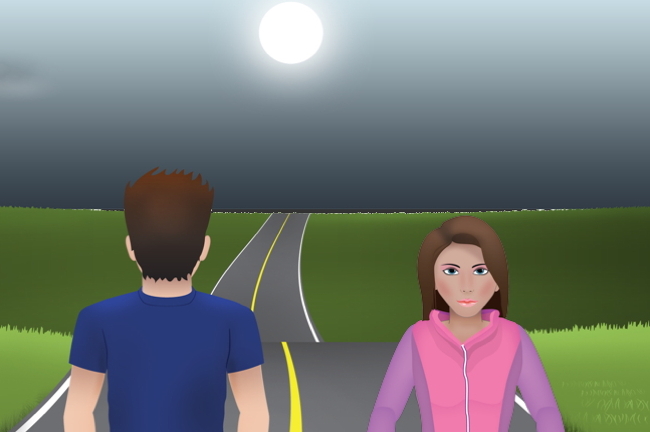
… and another set of experts
In designing programs, we try to hear all of the voices in the room. We began developing these games with counselors from substance abuse and youth services programs, including those serving homeless youth. We also spoke with youth aged 11 to 15 years, who were a major target of these games.
Who both has good insight into early adolescence and can articulate those insights?
When developing a program for a younger audience, we’ve often found it helpful to run a focus group or think-aloud (where users tell us their thoughts as they use an application), with youth just a few years older than our target audience. These experts are close enough to the age group to relate to their interests and challenges, but also old enough to give more detailed, reflective responses.
I enjoyed this game and thought it would make kids more aware of the problems that could happen in the house. It’s educational and the games were a lot of fun to play. I think kids would learn something to prevent something bad happening. The game shows real-life situations, especially for reservation kids.
– 18-year-old woman
My thoughts about this game is it would be a good game for some of the youth that have had to go through that in their past. Most people wouldn’t know what to do. This game would help people get through / know what to do if they were ever in that situation. Some of the things I think would help with the game is is taking or crossing out the avatars/ themes that you’ve already chosen. (Note: The latest release shows a trophy next to each module completed.)
– 16-year-old boy
My point may not be what you expect
Yes, it is a fact that the quotations above were representative (there were more that were very similar) and that NONE of the youth, of any age, reported the subjects covered to be too traumatic or uncomfortable. It’s also a fact that the data collected by these games can be very useful, if youth elect to share it with you.
Still, my point is not that adults urging caution in the use of these games are wrong. I say that for two reasons.
- If parents or guardians in a community are uncomfortable with their children being exposed to certain topics, their opinions matter.
- There may be children from specific communities or families for which these topics ARE traumatic or uncomfortable. I always tell students in my statistics classes not to generalize beyond the sample they have. Personally, I suspect problems of methamphetamine abuse, child sexual abuse and other issues addressed in these games exist in Malibu or religious enclaves in New York or Utah just like they do on the reservations. However, I don’t know those communities well, so I don’t want to speak about them.
My point is this – these games are freely available to youth services, educational and family treatment programs. However, given the sensitive topics covered, I urge strongly that counselors or educators play through all the games and make parents and administrators aware of the content before recommending to their students.
